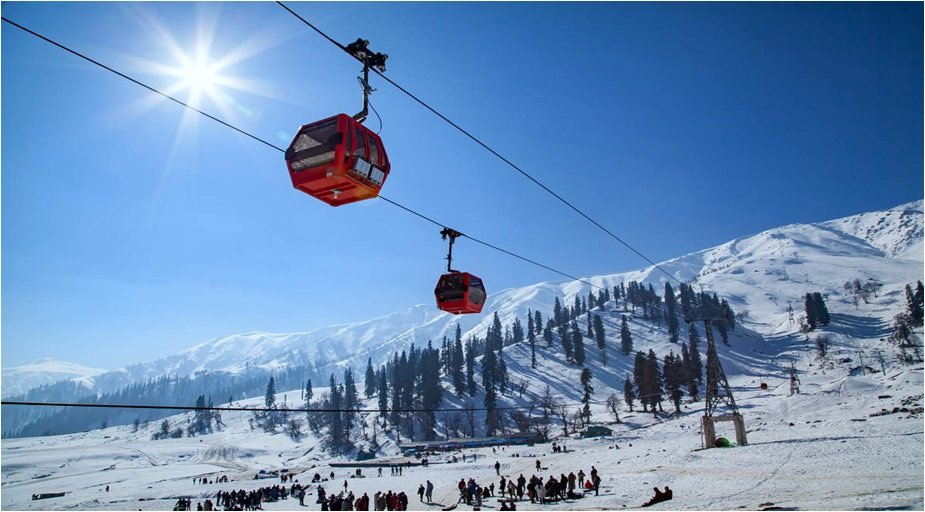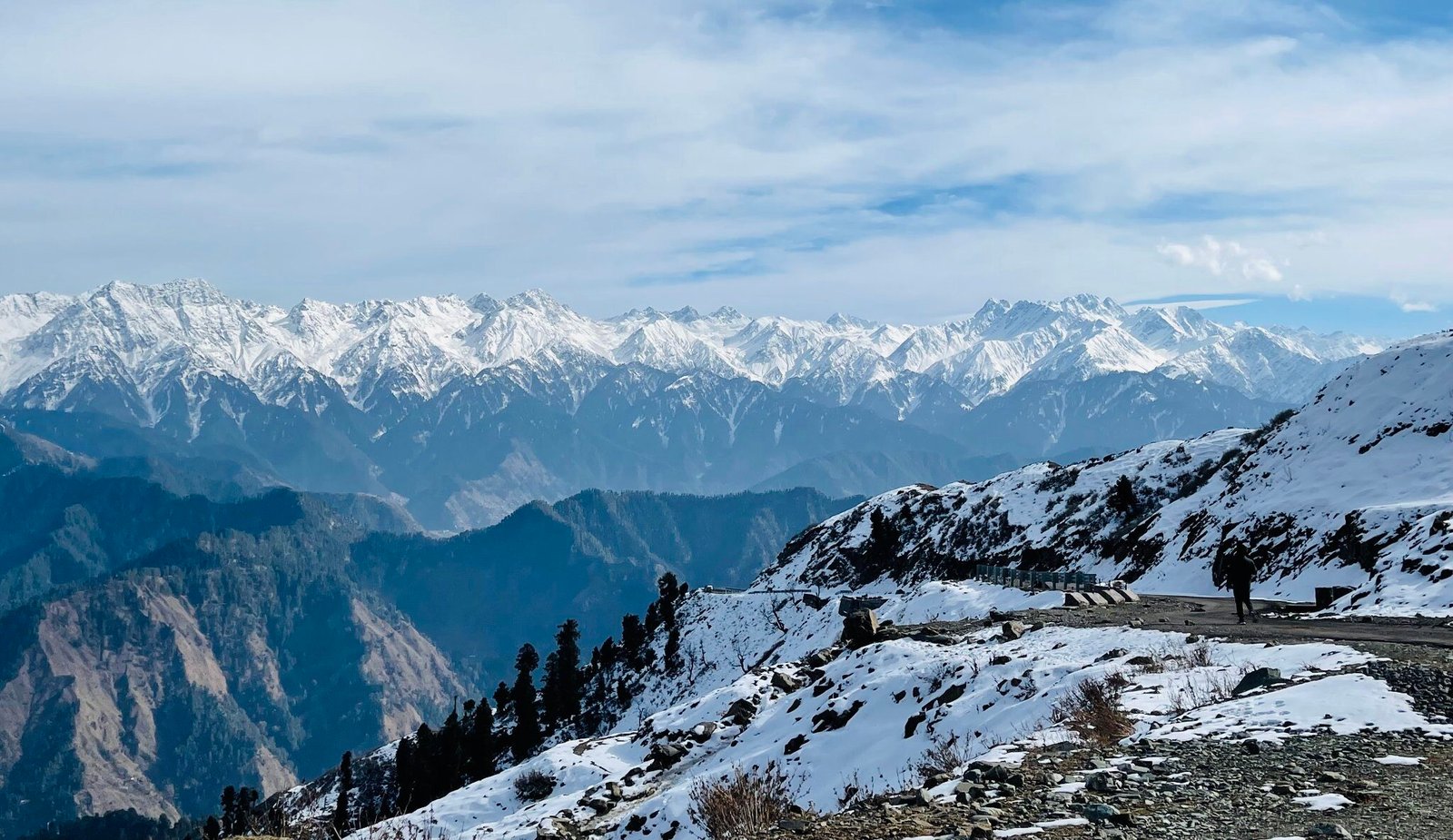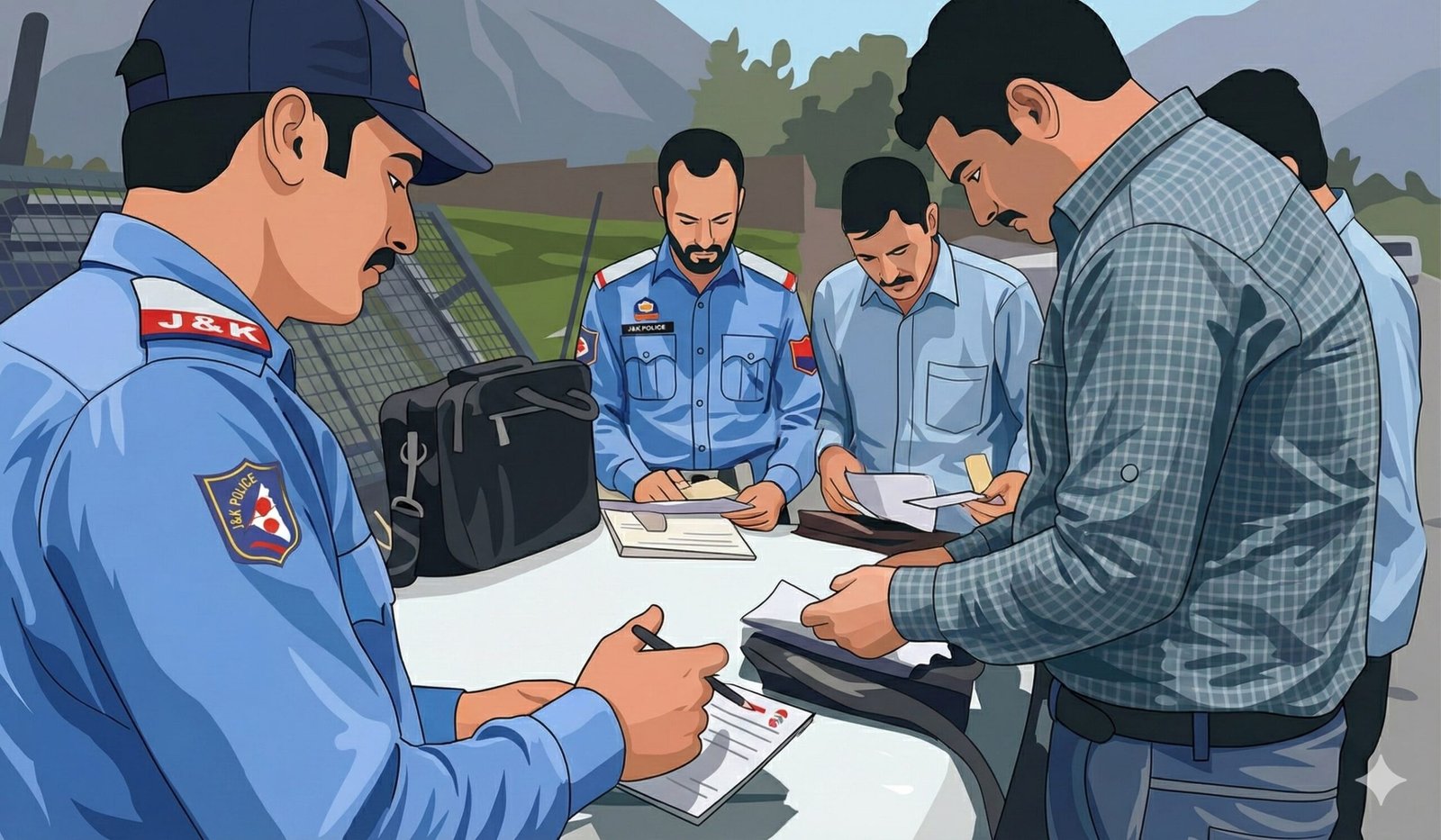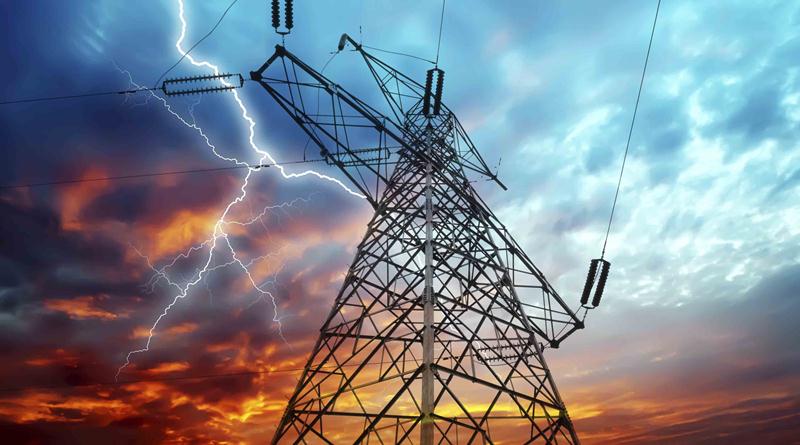Pugga Vrat/Bhugga Vrat, also known as Pugge Ka Vrat, holds deep cultural and spiritual importance in the Dogra community of Jammu. Observed primarily for the well-being and longevity of children, this traditional Hindu fast is steeped in ancient rituals and folklore. Falling on the fourth day of the Krishna Paksha in the month of Magha, Pugga Vrat is a day of devotion, resilience, and gratitude.
When Is Pugga Vrat Observed?
In 2025, Pugga Vrat will be observed on Friday, January 17th. This auspicious day coincides with the Krishna Paksha Chaturthi in the month of Magha, according to the traditional Hindu lunar calendar. Women, especially mothers, undertake this rigorous fast to seek the blessings of Lord Ganesha for the health and prosperity of their children.
Significance of Pugga Vrat
Pugga Vrat is not merely a fast; it is a heartfelt plea for the safety and long life of children. In the Dogra community, this fast embodies the essence of maternal devotion and the belief in the protective powers of Maa Shakti and Nari Shakti. It is also known by other names, such as Til Chauth or Sakat Chauth, and involves worshiping Lord Ganesha, the remover of obstacles.
The Rigorous Observance of Pugga Vrat
Pugga Vrat is a strict fast, demanding immense dedication. Women begin the day early with a bath and thorough cleaning of the house. Throughout the day, they refrain from consuming food or water. The fast concludes, as the moon rises at night, fasting women offer ‘argh’ (water offering) to the Moon God and reserve some Bhugga in the name of their children to the moon and consuming traditional food items such as:
- Pugga (a sweet made with sesame seeds and jaggery)
- Milk and banana
- Radish and sugarcane
After this the fasting women open their fast on this day, it is advisable to chant ‘Om Shri Ganeshaya Namaha’ 108 times to obtain the blessings of the Lord.
The preparation of Pugga is a ritual in itself. Traditionally, sesame seeds, jaggery, alsi, and seul are roasted and ground to create this sacred sweet. While ready-made Pugga is available in sweet shops, making it at home is considered more auspicious. During the day, however they are so busy in their household work and preparing Bhugga by roasting and grinding til, alsi, jaggery etc that the day passes as usual. These days Bhugga is also available at sweet shops where halwais make Bhugga from white coloured sesame seeds mixed with Khoya. But making Bhugga at home is considered auspicious.
Read also: Mahakumbh Mela 2025: Travel Guide from Jammu to Prayagraj
The Legends Behind Pugga Vrat
The Pugga Vrat is steeped in captivating legends that underscore themes of devotion, repentance, and divine blessings. These stories continue to inspire faith and tradition in the Dogra community.
1. The Tale of Jethani and Devrani
This legend revolves around two sisters-in-law—Jethani, the wife of the wealthy elder brother, and Devrani, the wife of the poorer younger brother. Despite her financial hardships, the Devrani diligently observed the Sankat Chauth fast, while the Jethani, though affluent, mistreated her and provided her with leftover food despite her hard work in the household.
One evening, the Jethani delayed serving dinner to the Devrani and her children, forcing them to sleep on empty stomachs. Undeterred, the Devrani prepared a humble tilkuta (a sesame-based sweet), performed her prayers, and drank water before resting.
That night, Lord Ganesha, disguised as a Brahmin, visited her and asked for food. The Devrani offered her tilkuta, explaining it was all she had. The Brahmin then asked for something to wipe his mouth, to which she irritably replied, “Wipe it with my head.”
To her astonishment, she woke the next morning to find her house filled with food and her head adorned with jewels and pearls.
When the Jethani learned of this, she attempted to replicate the act. However, instead of blessings, her home was filled with a foul smell. Repenting for her behavior, she sincerely prayed to Lord Ganesha for forgiveness. Touched by her remorse, the deity pardoned her, and both families lived in harmony thereafter.
2. The Tale of the Brahmin Woman and Her Son
During the reign of Raja Harish Chandra, a devout Brahmin woman observed Pugga Vrat and was blessed with a son. After her husband passed away, she continued her fasts while raising her child alone.
One day, a potter kidnapped her son, believing that sacrificing a child would ensure his pots baked properly. He cast the boy into a blazing kiln. Miraculously, the next morning, the boy was found alive, happily playing, while the kiln was filled with water and the pots remained unbaked. The potter confessed his wrongdoing and returned the child to his mother.
Read also: Healthy Tips and Tricks for a Successful Karwa Chauth Fast
3. The Moneylender’s Wife and Her Devotion
A childless moneylender’s wife longed for a child. She was inspired by her Brahmin neighbor, who suggested observing the Sankat Chauth fast with devotion. The woman vowed to offer til ladoos to Lord Ganesha if her wish was granted.
In due course, she was blessed with a child. She continued observing the fast yearly, attributing her son’s success and well-being to Lord Ganesha’s divine blessings.
4. Yudhishthira’s Observance of the Fast
It is believed that Yudhishthira, the eldest Pandava from the Mahabharata, was the first to observe the Sankat Chauth fast. This act set a precedent for countless women to adopt this tradition with enduring faith.
5. A Marker of Seasonal Change
Beyond its spiritual importance, Pugga Vrat is seen as a turning point in the seasons. It symbolizes the gradual end of winter’s biting cold, ushering in warmth and renewal.
The Pugga Vrat is more than just a fast; it is a celebration of faith, devotion, and divine grace. Women in the Dogra community honor this tradition with deep reverence, praying for the health, prosperity, and happiness of their families.
Rituals of Pugga Vrat
The day is marked by elaborate rituals:
- Bathing Lord Ganesha’s Idol: Devotees cleanse the idol with panchamrit, a mixture of milk, curd, ghee, honey, and water.
- Offering Fruits and Flowers: Red flowers and seasonal fruits are presented during the puja.
- Preparation of Bhugga: Women prepare Pugga and reserve portions for family, relatives, and priests.
- Evening Arghya: The fast concludes with the offering of water to the moon, accompanied by prayers for children’s well-being.
Health and Cultural Perspectives on Fasting
Fasting has been an integral part of Indian culture. Observing fasts like Pugga Vrat not only holds spiritual significance but also promotes discipline and resilience. In addition to Pugga Vrat, Dogra women observe other fasts such as Karva Chauth for their husbands and Bash Dua for their sons’ prosperity.
Read also: Information About Bawe Wali Mata Jammu
Rekindling Cultural Heritage
In modern times, the younger generation may lose touch with traditional festivals like Pugga Vrat. Parents and elders play a crucial role in passing down the rich cultural heritage by sharing stories and legends associated with these rituals. Observing such festivals helps instill a sense of pride in one’s roots and fosters a deeper connection with cultural values.
Pugga Vrat is not just a fast; it is a celebration of maternal devotion, resilience, and the protective power of Lord Ganesha. This deeply significant tradition of the Dogra community highlights the timeless bond between mothers and their children. By observing Pugga Vrat, families seek blessings for happiness, prosperity, and protection, ensuring that this beautiful tradition continues to thrive for generations.
Celebrate this Pugga Vrat with devotion and immerse yourself in the spiritual essence of this unique Dogra festival.
















